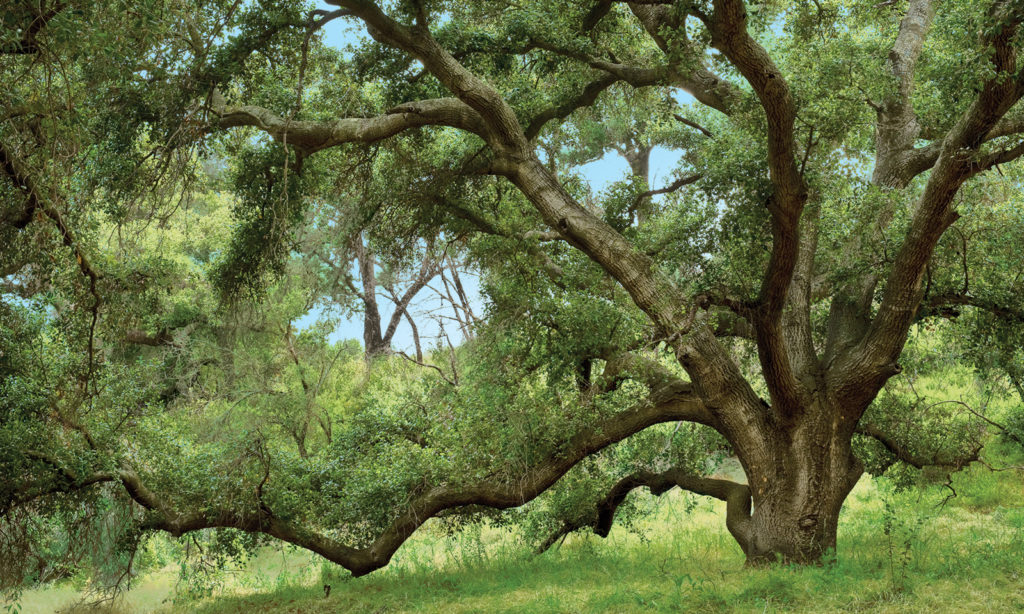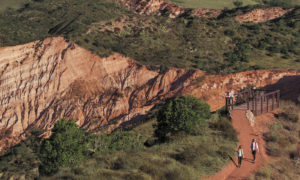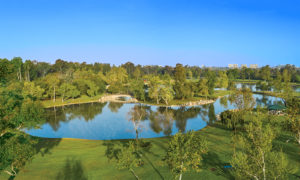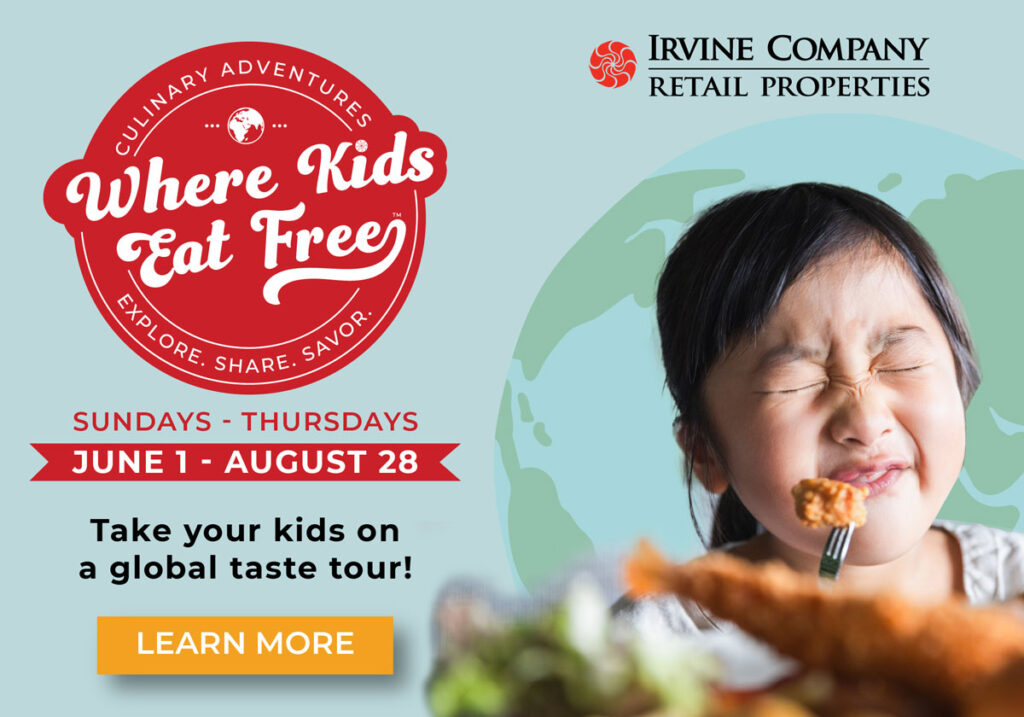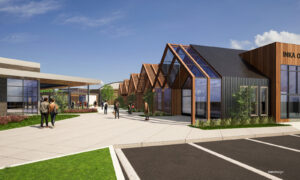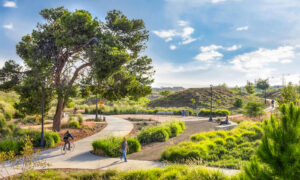On a summer’s day at Irvine Regional Park or Bommer Canyon, you might be drawn to the cool shade offered by coast live oaks. The massive trees can reach a height of 75 feet and are identified by their gnarled limbs and dark canopy of leaves.
While you’re there, look around. Coast live oaks can be home, roost and pantry to over 300 species of birds, reptiles, amphibians, mammals and thousands of invertebrates.
The trees also serve as shelter. Like an apartment tower, a single oak offers multiple levels of housing, from roots in the soil and cavities in the wood to the highest reaches in the canopy. Some animals live in the oaks. Others pass by, traveling along branches and limbs.
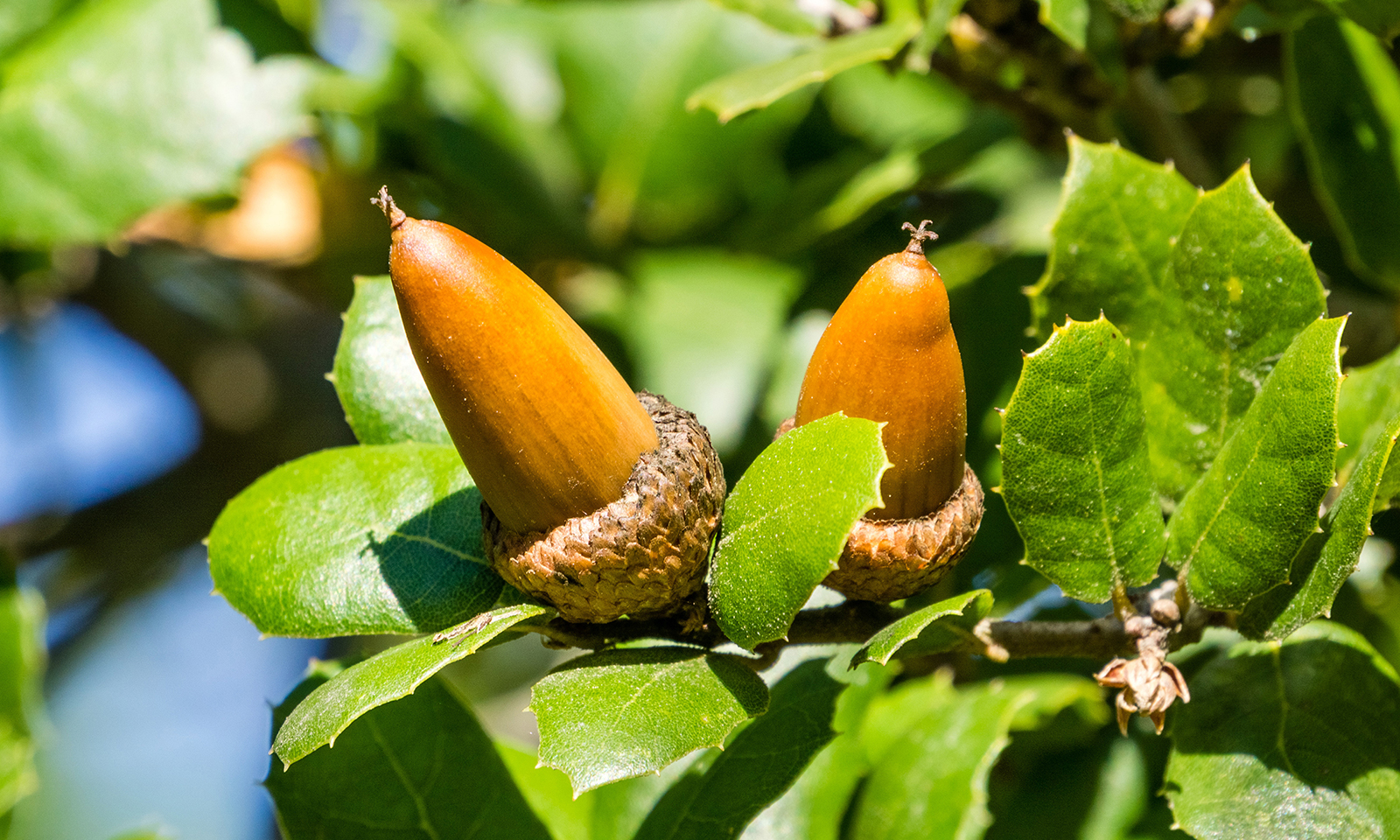
Take time to savor these trees. After a few minutes of sitting quietly under one, you might be treated to a wildlife sighting.
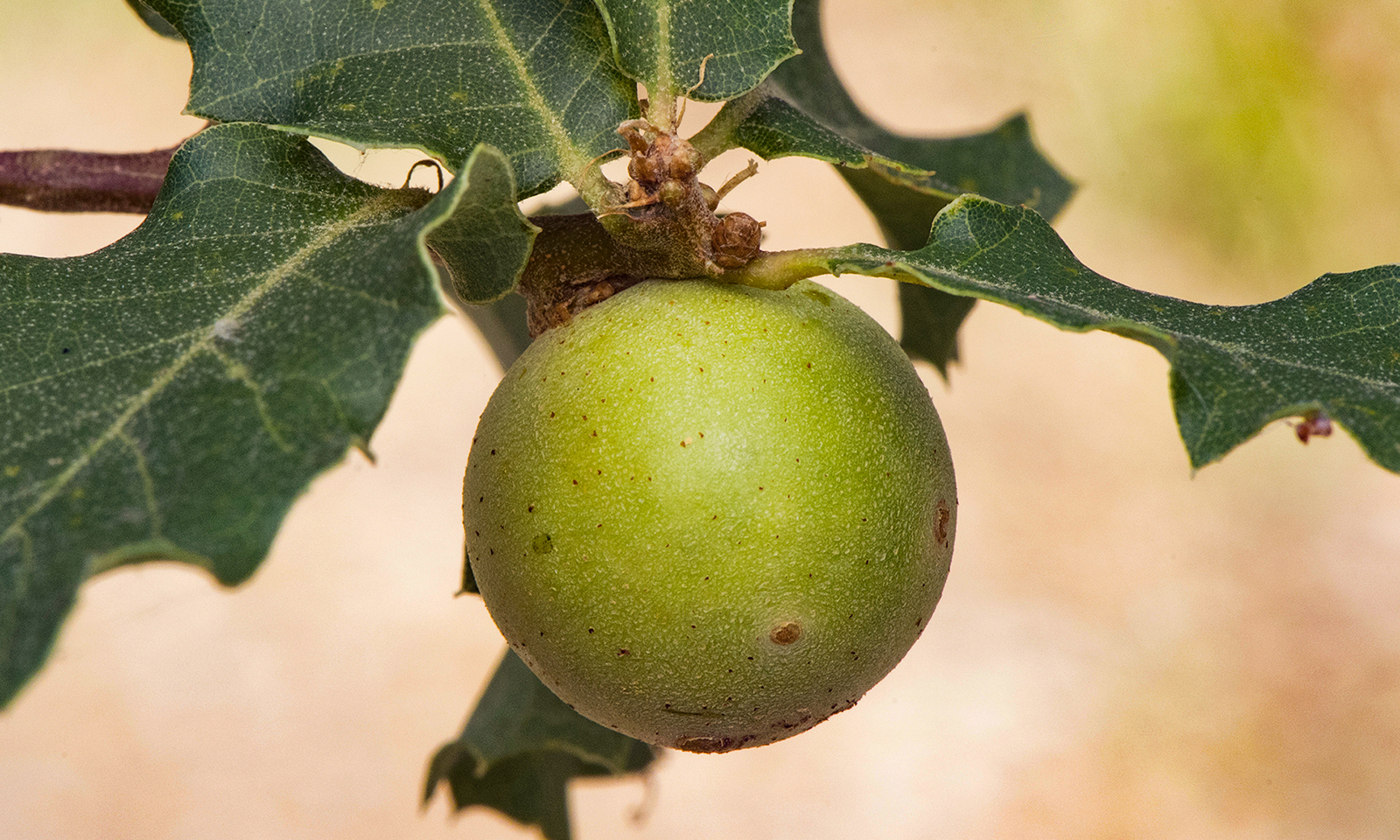
Jenny Rigby directs The Acorn Group, a design firm dedicated to interpreting natural history.

